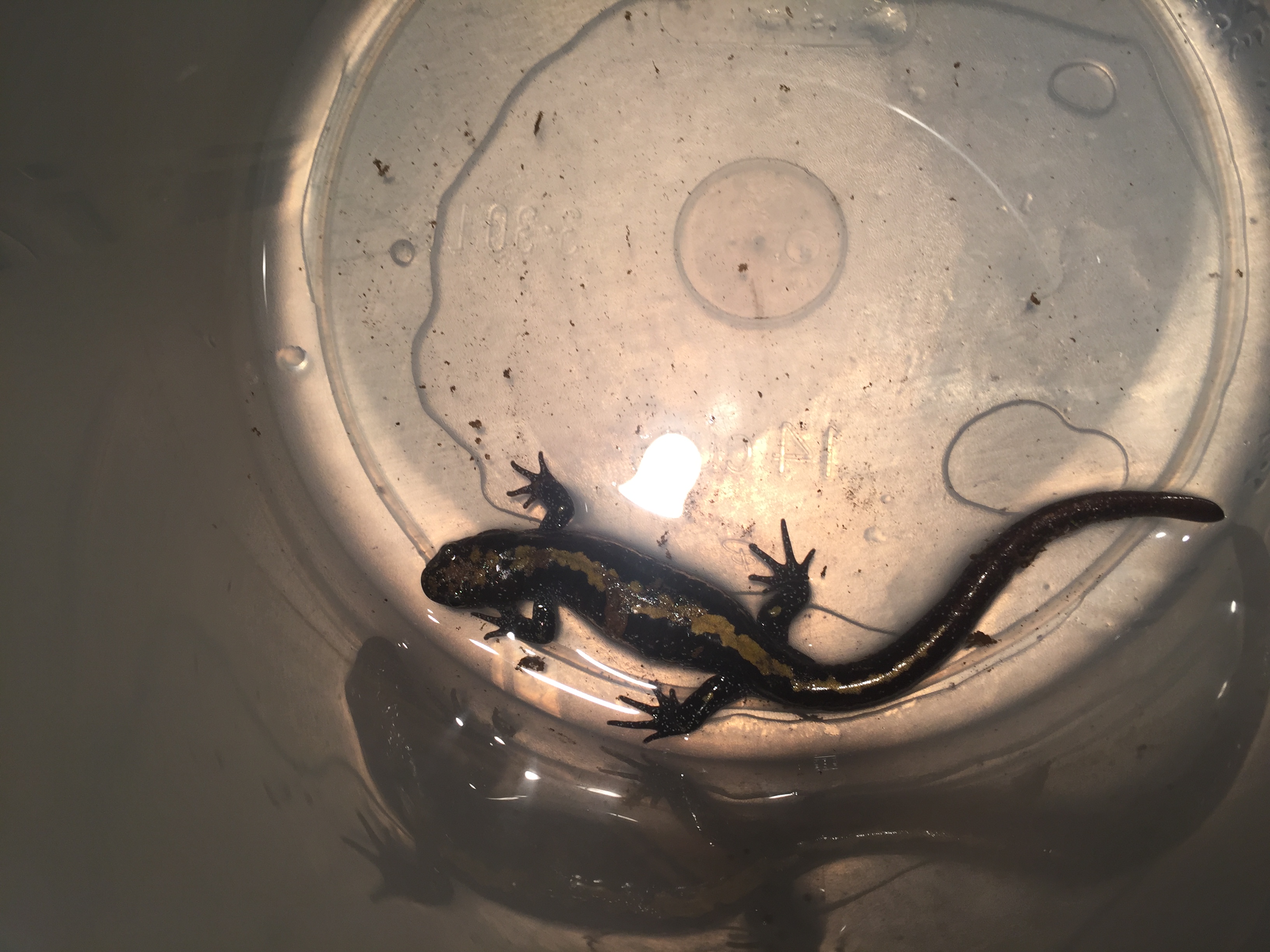BY HARRY WEEKES
By now, we all know the drill. Your phone rings (or buzzes, or chirps, or barks like a dog, or plays your favorite Journey song) and you don’t recognize the number. Long gone are the days when you could trust the area code, and receding just as quickly is any ability to trust the prefix—those next three numbers after the area code. (And, as a tangent, related to these columns only by the wonderful name we call such diversions, if you want to explore a real rabbit hole, search “What are the names of the numbers in a telephone number called?”)
So, the phone rings. You don’t answer because it is an unknown caller, most likely a robot. Then, some moments later, a voicemail! Suspiciously, you start to listen, expecting to be sold a deal on mufflers, or to learn that, no matter what, you should not hang up, only to learn that someone has found a salamander huddled underneath their house and they are calling both to tell me, and also to ask, “What do we do with it now?”
This is what I call the jackpot phone call. A salamander? In Ketchum? In November?
Immediately, I am reminded of my days pulling up sod. Yep, this is what a budding naturalist does in your yard when he finds out that salamanders like to curl up in the cool dirt where they can find all sorts of readily accessible food, and the damp places that keep their skin moist. I would methodically work the perimeter of our yard, tugging on tufts of grass and peeling back the sod to periodically reveal a salamander. They were always a very deep brownish-black, with a yellow racing stripe, and tiny white dots lining their sides like stars in a constellation.
When I called back, I said, “So, you found a salamander?”
“It’s a long toad,” was what I heard Kathy say (the friend who had called me).
And this just warmed my heart. What a great way to describe a salamander—as a long toad. This is a nice way to pay homage to the shared amphibious lineage of the toads and salamanders, and downright cute, to boot.
Then, I realized Kathy was still talking. “It’s a long-toed salamander. I just looked it up in salamanders of Idaho.”
Oh. Got it.
In the pictures she sent, indeed you can see the long toes of this long toad, and all the familiar field markings I remember from my youth.
And so, beneath a house in Warm Springs, there was a salamander, enjoying the darkness and the cool air, and plodding along eating its share of arthropods in a subterranean world few of us ever think much about, when it was brought to the light. My recommendation? Return to the dark side, you thin-skinned denizen of the night.
I told Kathy my best suggestion was to find the nearest equivalent of the crawl space as possible (the reason for the discovery is work being done that precludes a simple return to the space). In other words, look for a big downed tree, or a huge set of boulders amongst a lot of leaf litter, where the beast can wiggle its way back into the earth, get out of the cold of coming winter, and carry on its mysterious ways.
I also said, “Thank you. And please, please call me again.”
Now that’s an “unknown caller” I will take any time.
Harry Weekes is the founder and head of school at The Sage School in Hailey. This is his 48th year in the Wood River Valley, where he lives with Hilary and two of their three baby adults—Penelope and Simon. The other member of the flock, Georgia, is currently fledging at Davidson College in North Carolina.


